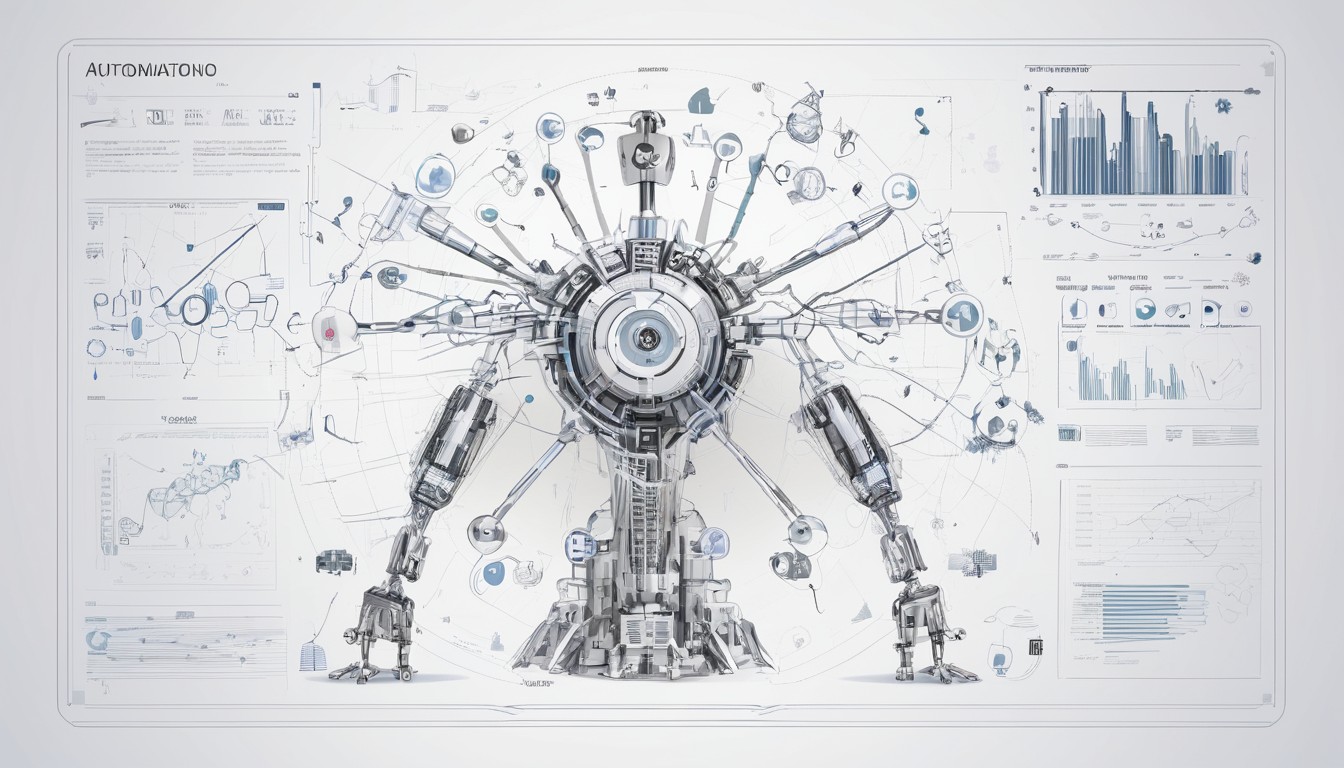2.2024
The beginning of the article is here
Marketing automation has become an essential tool for businesses looking to streamline their sales process and maximize their revenue potential. By leveraging technology and data-driven strategies, marketing automation allows companies to automate repetitive tasks, nurture leads, and personalize customer interactions, ultimately leading to increased efficiency and improved conversions.

Is Marketing Automation Simple to Implement?
While marketing automation offers numerous benefits, implementing it may seem daunting for some businesses. However, with the right approach and resources, marketing automation can be relatively simple to implement. Here are some steps to consider when getting started with marketing automation:
Define Your Goals and Objectives: Before diving into marketing automation, it is essential to define your goals and objectives. What do you want to achieve with marketing automation? Is it to generate more leads, increase conversions, or improve customer retention? Clearly defining your goals will help you determine the features and functionality you need in a marketing automation platform.
Evaluate and Select the Right Marketing Automation Platform: There are numerous marketing automation platforms available in the market, each with its own set of features and pricing. Take the time to evaluate different platforms based on your requirements, budget, and scalability. Consider factors such as ease of use, integration capabilities, customer support, and reporting capabilities. Select a platform that aligns with your business needs and can grow with your organization.
Map Out Your Customer Journey: To effectively leverage marketing automation, you need to map out your customer journey. Identify the different touchpoints and interactions a prospect or customer has with your brand, from the first point of contact to post-purchase engagement. This will help you determine the types of campaigns and automation you need to set up to guide your customers through each stage of the journey.
Clean and Segment Your Data: Data cleanliness is crucial for successful marketing automation. Ensure that your contact database is up-to-date and free from duplicates or inaccuracies. Segment your data based on relevant criteria such as demographics, behavior, and purchase history. This will allow you to deliver targeted and personalized messages to the right audience, improving the effectiveness of your campaigns.
Create and Automate Your Campaigns: Once you have defined your goals, selected a marketing automation platform, mapped out your customer journey, and segmented your data, it’s time to create and automate your campaigns. Start with simple campaigns, such as welcome emails, abandoned cart reminders, or birthday offers. Gradually, you can expand to more complex campaigns, incorporating triggered emails, lead nurturing workflows, and dynamic content.
By following these steps and continuously monitoring and optimizing your campaigns, you can unlock the power of automated sales funnels and transform your sales process.
How to Start with Marketing Automation
Now that you understand the benefits and implementation process of marketing automation, it’s time to get started. Here are the key steps to begin your marketing automation journey:
Set Clear Objectives: Clearly define your objectives and what you want to achieve with marketing automation. Whether it’s increasing leads, improving conversions, or enhancing customer engagement, having clear objectives will guide your strategy.
Research and Select a Marketing Automation Platform: Research different marketing automation platforms to find one that aligns with your needs and budget. Consider factors such as ease of use, scalability, integration capabilities, and customer support.
Audit Your Current Marketing Efforts: Evaluate your current marketing efforts and identify areas for improvement. This will help you determine the types of campaigns and automation you need to set up to achieve your objectives.
Cleanse and Segment Your Data: Ensure your contact database is clean and accurate. Segment your data based on relevant criteria to deliver targeted and personalized messages to specific audiences.
Create and Automate Your First Campaign: Start with a simple campaign, such as a welcome email or a lead nurturing workflow. Gradually, expand to more complex campaigns as you gain confidence and experience with marketing automation.
By following these steps and continuously monitoring and optimizing your campaigns, you can unlock the power of automated sales funnels and transform your sales process.
In conclusion, marketing automation has revolutionized the way businesses approach their sales process. By automating repetitive tasks, nurturing leads, and personalizing customer interactions, marketing automation allows companies to streamline their efforts, increase efficiency, and drive better results. While implementing marketing automation may seem intimidating at first, following a strategic and step-by-step approach can simplify the process and lead to long-term success. So, leap and unlock the power of automated sales funnels for your business today.
Ready to transform your sales process with marketing automation? Contact us today to learn how our experts can help you unlock the power of automated sales funnels for your business.
You can also read more about our services on the Marketing automation page.